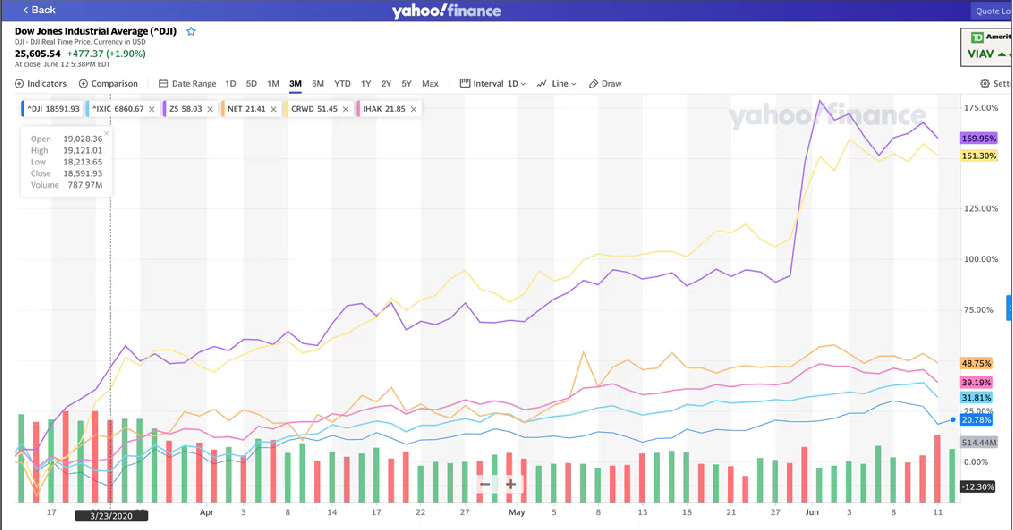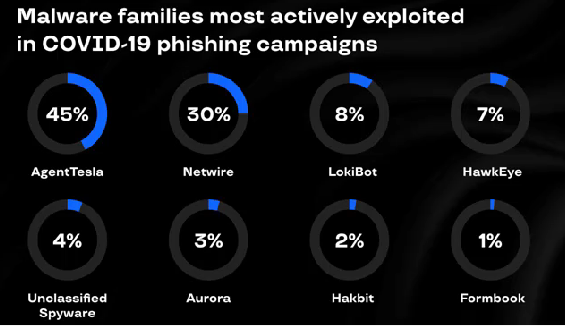Top 10 Cybersecurity Trends Due to COVID-19
Here’s a taste of my Top 10 Cybersecurity Trends list (for the full experience, click the Watch the Webcast button on the right).
Overall, the pandemic has massively affected how cybersecurity protection is delivered to organizations and users, fast-tracking remote workforce support and accelerating cloud adoption. Because our industry has been so successful at helping customers secure and scale their remote workforce capabilities, CIOs and CISOs have made inroads into the C-Suite. It’s our time to shine!
It’s one thing to talk in general terms about the seismic shift towards cloud adoption that we are witnessing across almost all industries these days. But it’s an even more compelling story when you “follow the money.” It turns out that investors are betting big on the race to the cloud, too—and more specifically, they are betting big on companies that deliver cybersecurity solutions via the cloud.
1. Hardware is dead, long live the cloud.

As an example, take a look below at what I like to call the Nico Index. When we compare publicly traded cybersecurity-as-a-service organizations with more traditional hardware-centric ones, the cloud companies outperform as a group up to eight times faster.
2. Cybersecurity is “hotter” and “cooler” than ever before.
That’s a big reason why venture capitalists are investing more in cybersecurity—and more specifically, into cloud-based cybersecurity. Tune into the webinar session to hear more.
At the board level, this transition has also had another impact: it’s helping boards to see value in digital transformation efforts across multiple areas in an organization. The upshot: it has elevated the roles of CIOs and CISOs the board level—one of the big reasons why many are looking to double-digit growth in terms of cybersecurity funding through 2021.
The COVID-19 pandemic forced organizations to switch to supporting and securing remote workers at a pace and scale they couldn’t have imagined. In many of the large companies I talk to regularly, IT and security teams earned high marks in in terms of leading their organization’s remote work transition. That is something that has strengthened IT and IT security’s image in the eyes of C-suite leadership.
Email has long been a prime target of malicious actors looking to steal the keys to an organization. We knew from our X-Labs research that cybercriminals were quick to adapt to take advantage of the current situation. It’s also clear this latest crop of COVID-19 phishers aren’t just harvesting credentials—they’re seeking to infect organizations with malware and advanced persistent threats. It’s the latest example of something I’ve shared in the past: most of today’s modern security breaches happen from the inside.
3. The bad guys have “gone phishing.”
Email and web-based threats will continue to thrive. That’s why cybersecurity defenses like sandboxing and remote browser isolation will take on increased importance. As a company, we’ll have more details to share on this front soon.

Want to hear the rest of the Top 10 list? Click the Watch the Webcast button on the right.
This post was first first published on Forcepoint website by Nico Popp. You can view it by clicking here

